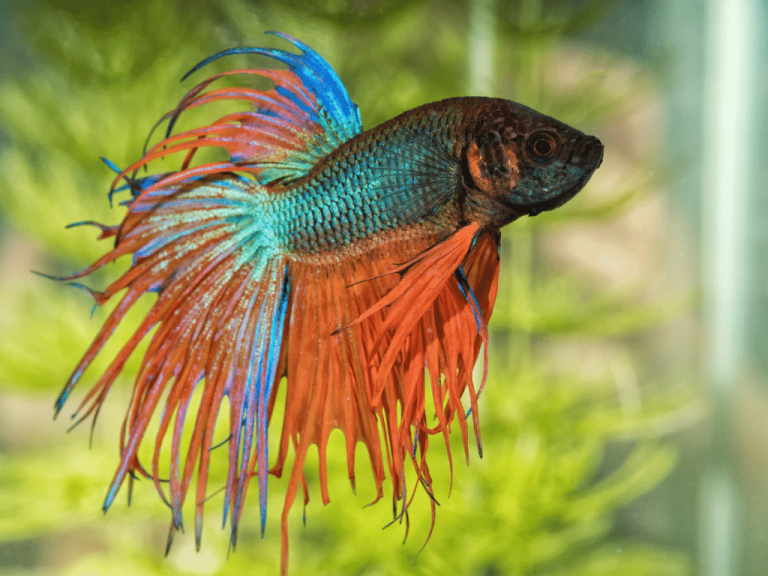You must have seen beautiful goldfish or brightly colored tropical fish. They dance gracefully in the water, swimming continuously; their bodies, covered in scales, shimmer with a gemstone-like brilliance.
You might wonder: How do fish scales shine so brightly?
Ichthyologists have studied and observed that within the skin of fish, in the dermis and around the scales, there are pigment cells. Melanophores contain gray-black pigment, giving the fish a blue-black coloration. Many fish with bright colors and patterns have erythrophores and xanthophores. However, pigment cells alone cannot make a fish’s body shine brightly. There is another type of cell in the fish’s skin, called iridophores. These cells contain guanine. Guanine is a colorless or white crystalline substance that accumulates in the cells. When light hits the fish’s body and is reflected and interfered with by the guanine crystals within the cells, it appears as bright silver flashes to our eyes. Therefore, the shimmering glow of the scales is primarily due to the iridophores.
The distribution and quantity of pigment cells and iridophores vary among different fish species. Generally, melanophores are concentrated on the upper part of the fish’s body, while iridophores are more abundant on the lower part. For example, the back of a black carp is dark gray, gradually becoming lighter on the sides and silver-white on the belly. This is because the number of melanophores decreases from the back to the belly, while the number of iridophores gradually increases. Also, since iridophores are sometimes located on top of the scales and sometimes beneath them, the reflectivity differs. Therefore, some fish have very bright bellies, while others appear dull white. Furthermore, the pigment granules and guanine crystals within the pigment cells and iridophores can concentrate or disperse, increase or decrease due to external environmental influences or internal physiological changes, resulting in changes in body coloration. For instance, many male fish display dazzling breeding colors during mating season, while the body color of sick or weak fish becomes dull and lackluster.

